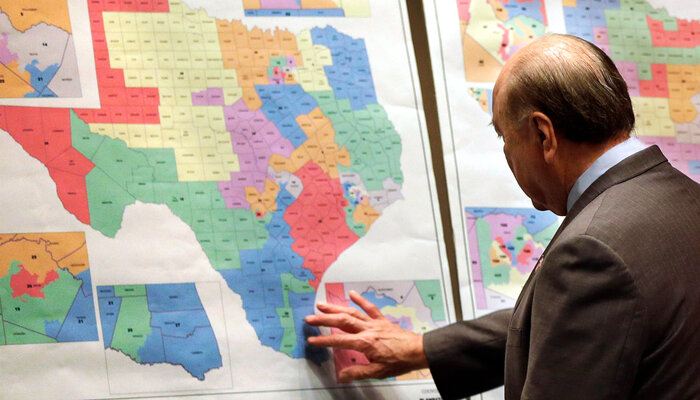This Thursday, the Census Bureau will send states the data they will use to draw legislative maps to be used for the next decade. It will be the first redistricting round since a 2019 Supreme Court ruling that partisan gerrymandering cannot be challenged in federal court. And it is the first redistricting since the Shelby County decision gutted the Voting Rights Act. As a result, the stage is set for rampant partisan gerrymandering to skew many of those maps in favor of politicians’ preferences over the public’s.
This undemocratic process has a real impact on the balance of power in Congress and many state legislatures. We saw it at the federal level in the 2010s, when extreme partisan bias in congressional maps gave Republicans a net advantage of some 16 seats in the House. The same has happened on the state level. For example, in 2018 Wisconsin Democrats won the majority of the statewide vote but only 36 of 99 state assembly seats.
Although partisan gerrymandering hurts everyone, often communities of color bear the brunt. Racially polarized voting patterns and residential segregation mean that targeting communities of color can be an effective tool for creating advantages for the party that controls redistricting — whether that party is the Democrats or Republicans.
Federal legislation is clearly needed to help stop partisan gerrymandering, and time is of the essence. As we detail in our new explainer about this week’s crucial census release, the pandemic meant that the government needed more time for collecting and processing the data. In order to get it out as soon as possible, the bureau is initially releasing the information in an older, less user-friendly format. (It will come out in a more accessible form by the end of September.) That may slow down the mapmakers with some additional work up-front, but not by much. In most cases, the states will be able to begin using the data in a couple of weeks, and many of them are expected to start and potentially even complete their map-drawing processes within a few months.
Rather than voters choosing their representatives, gerrymandering empowers politicians to choose their voters. It’s time to put an end to it, before it’s too late.






